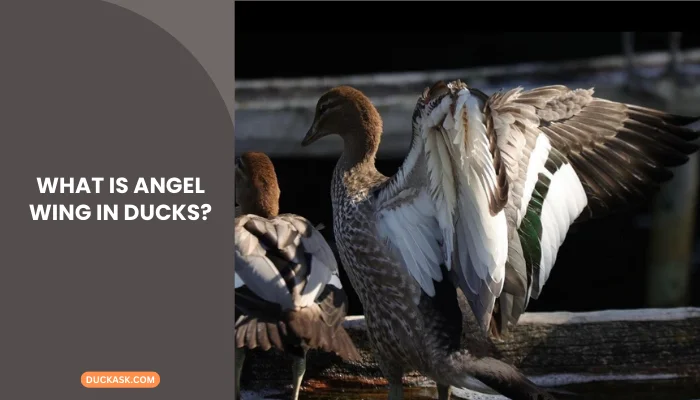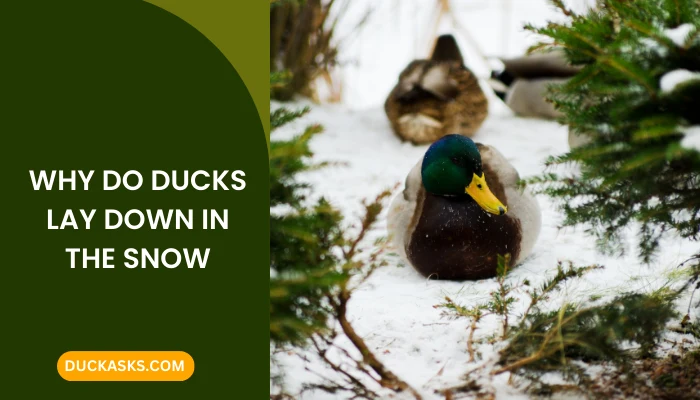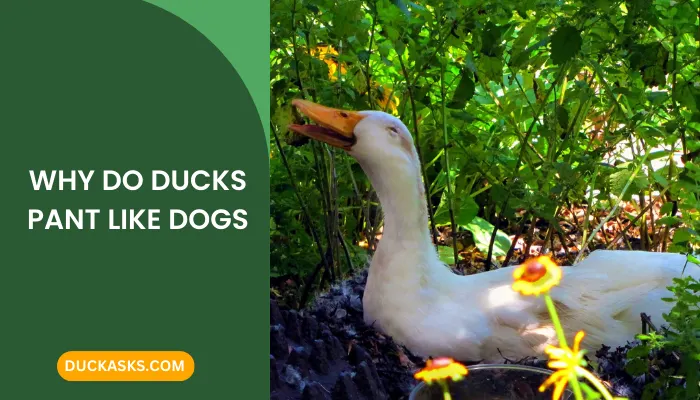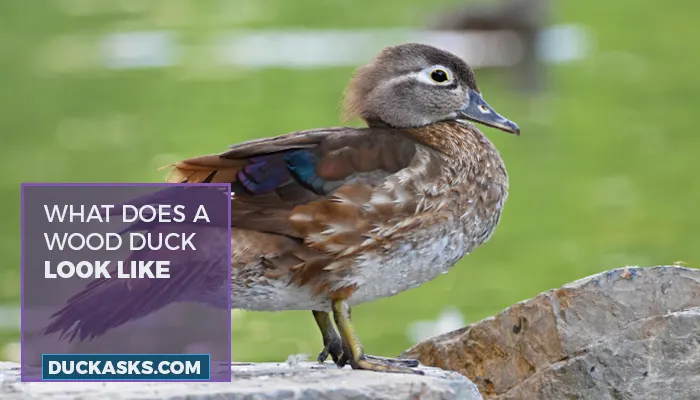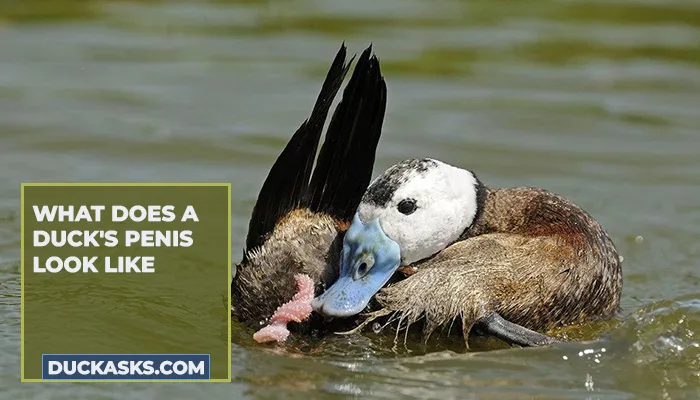What Do Ducks Have Under Their Feathers?
Ducks look very cute and nice, especially when they show and flap their wings. Their feathers make them more appealing. However, looks are not the only thing, as their feathers actually play a number of vital roles in their lives.
Talking about feathers, you may wonder, what do ducks have under their feathers? Well, ducks have a number of layers of feathers. With these layers, they have proper insulation and buoyancy. Moreover, layers under the duck feather also ensure the softness and protect them from outside threats like fishing lines being tangled on the skin.
Now, this is just a brief answer. We have got more details here, talking about the layers under feathers and their functions.
Looking for more articles about duck feather:
- What Do Duck Feathers Look Like?
- What Is Wet Feather in Ducks?
- What Feathers Do You Clip On A Duck?
- What Can We Learn From Duck Feathers?
- What Do Ducks Look Like without Feathers?
What Do Ducks Hide Under Their Feathers?
Underneath their outer feathers, ducks have a layer of down feathers. Down feathers are soft, fluffy feathers located close to the duck’s skin. They serve several important functions –
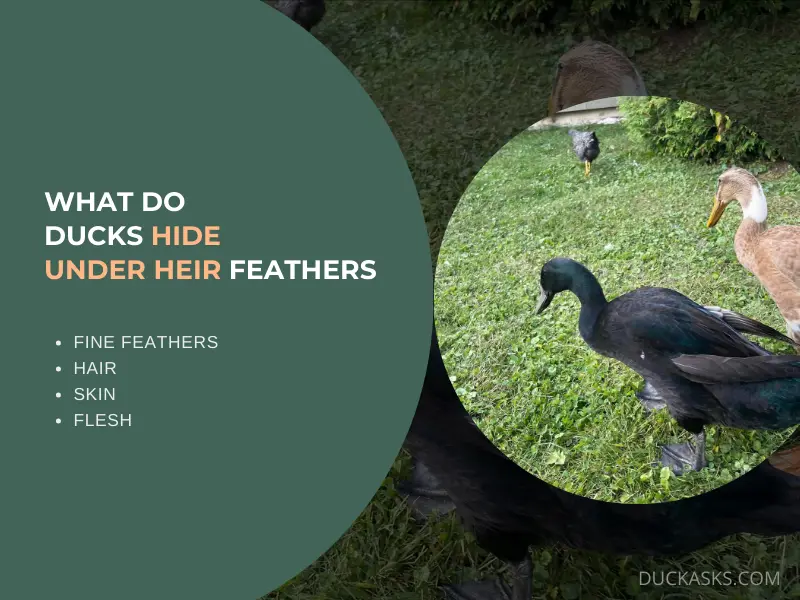
Fine Feathers
We generally see the exterior feathers of ducks. However, they have multiple layers of feathers inside the outermost layer.
The innermost layer has fine leathers that are small in size. This layer of fine feathers absorbs heat and works as an insulator for ducks.
Hair
Under the innermost layer of feathers, ducks have small hair that is not that dense in amount.
However, their hair is quite thick, which prevents them from getting wet easily. This helps in refraining any type of infections related to water.
Skin
The duck skin comes under the hairy layer beneath the feathers. This is the raw skin of ducks while they are being cooked or grilled. The skin of ducks is usually grey or blackish in color.
Flesh
Under the skin of ducks, there is fresh and raw flesh. There are muscles and bones as well that make up the structure of them.
Thus, in summary, underneath their outer layer of feathers, ducks have a soft and insulating layer. This consists mainly of down feathers and skin.
Note that these help ducks stay warm, buoyant, and protected in aquatic environments.
Do Ducks Have a Preening Gland Under Their Feather?
Ducks have a preening gland around the base of their tail feathers beneath their plumage. This is alternatively known as the uropygial gland.
This gland produces an oily substance used for preening and maintaining their feathers.
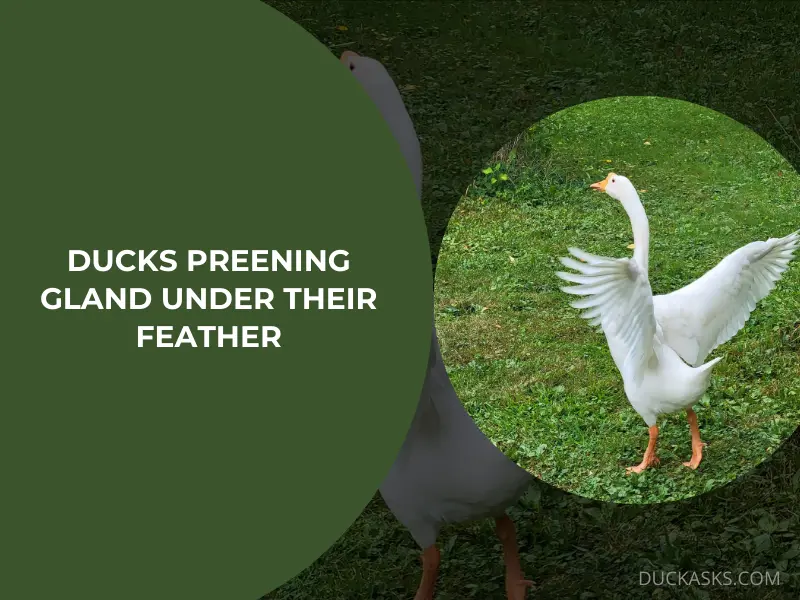
Functions of Preening Gland
Take a look here to learn about the preening gland functions in detail.
Oil Production
The preening gland produces an oily substance that has a rich content of fatty acids, including other compounds. This oil plays many vital roles in ducks.
Duck uropygial gland produces this oil, which makes their skin waterproof. Moreover, it keeps the skin and feathers supple, including the bill.
Feather Maintenance
The oil produced by the preening gland keeps the feathers healthy. Due to rubbing between feathers and skin, there is wear and tear which causes infection.
However, this oil reduces friction between feathers. Note that this also helps prevent the growth of harmful microorganisms on the feathers.
Temperature Regulation
The preening gland can be crucial to keep a duck’s body temperature. This is useful, especially for waterfowl that spend a lot of time in aquatic environments.
How Ducks Benefit from Having Feathers?
Ducks get loads of benefits from their feathers. Their feathers can serve multiple essential functions, as discussed below.
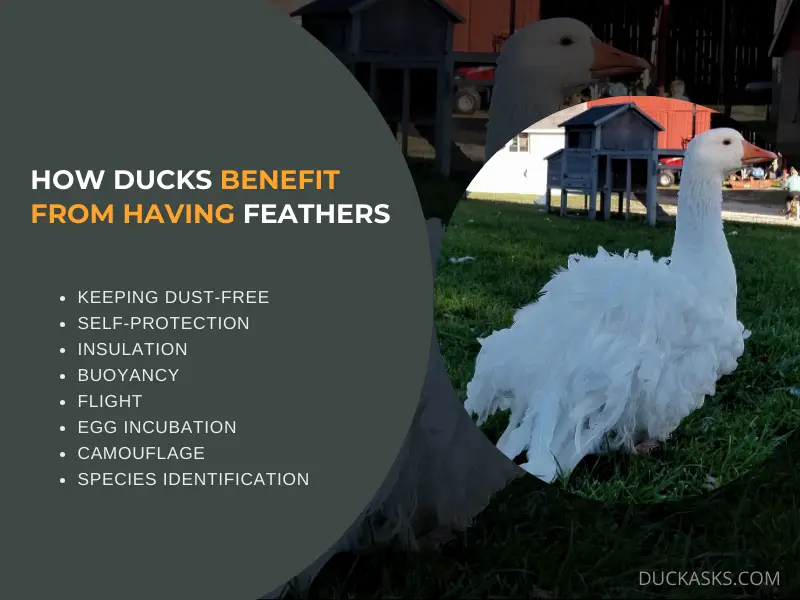
Keeping Dust-free
One of the main benefits that ducks get from having feathers is to protect their skin. Feathers refrain the skin underlying the feathers from coming in contact with outside elements.
As a result, duck skin does not get in touch with dirt, dust, and any type of debris. Due to this, ducks can be out of severe infections and injuries from time to time.
Self-protection
Other than dust and dirt, ducks also need to protect themselves from their enemies. Starting from other ducks to predators, feathers help them protect themselves to a great extent.
With the help of feathers, ducks can move, jump, defend, and attract their opposition.
Insulation
Every type of bird needs insulation. Duck feathers help them maintain their body temperature in various environmental conditions.
Feathers absorb and trap air close to the body. This insulates the body of the ducks. As a result, feathers keep the duck warm in cold water or during chilly weather.
Buoyancy
Feathers help ducks to maintain their buoyancy. Duck feathers trap air within their plumage. Due to this, the density decreases, which lets them float on the water’s surface. This buoyancy allows them to swim effortlessly and rest on the water.
Flight
Ducks having a proper flight is never possible without the assistance of feathers. They rely on their wing feathers, especially the primaries and secondaries.
Feathers provide motive force, lift, and thrust to ducks. These let them move up, fly, and land on to the ground.
Egg Incubation
Ducks mainly use their feathers to incubate the eggs of their young ones. This provides a soft and insulated environment for incubating their eggs.
Camouflage
Feathers help ducks to hide from their predators by camouflaging. Different colors and patterns help ducks to camouflage.
This is very important for ducks when they are nesting or incubating. Moreover, this also helps during forage in their natural habitats, protecting them from predators.
Species Identification
Duck feathers help themselves for species identification in a great way. This aids in recognizing and distinguishing different duck species by their pattern and color.
The Final Words
Now you know what do ducks have under their feathers! We believe you have got your queries clear.
Coming to the end of the article, we have the last tip for you. If you pet a duck, leave them in ponds for baths. As their feathers are waterproof, they are hard to get wet properly.
So, that’s about it and we hope you stay connected with us on Facebook, Twitter, and Pinterest!
References:
- https://www.researchgate.net/publication/328791797_Geese_and_ducks_feathers_and_down
- https://www.ncbi.nlm.nih.gov/pmc/articles/PMC7647854/#:~:text=As%20a%20species%20of%20waterfowl%2C%20ducks%20have%20evolved%20with%20biological,Moreno%2DRueda%2C%202017).
- https://www.kqed.org/science/1968261/what-actually-makes-water-roll-off-a-ducks-back#:~:text=Most%20birds%20have%20a%20preen,Josh%20Cassidy%2FKQED)
Image Credit:
- Facebook.com/MaryDrees
- Facebook.com/AlyLepkey
- Facebook.com/CandaceGarcia
- Facebook.com/KellySunshineSchulz


